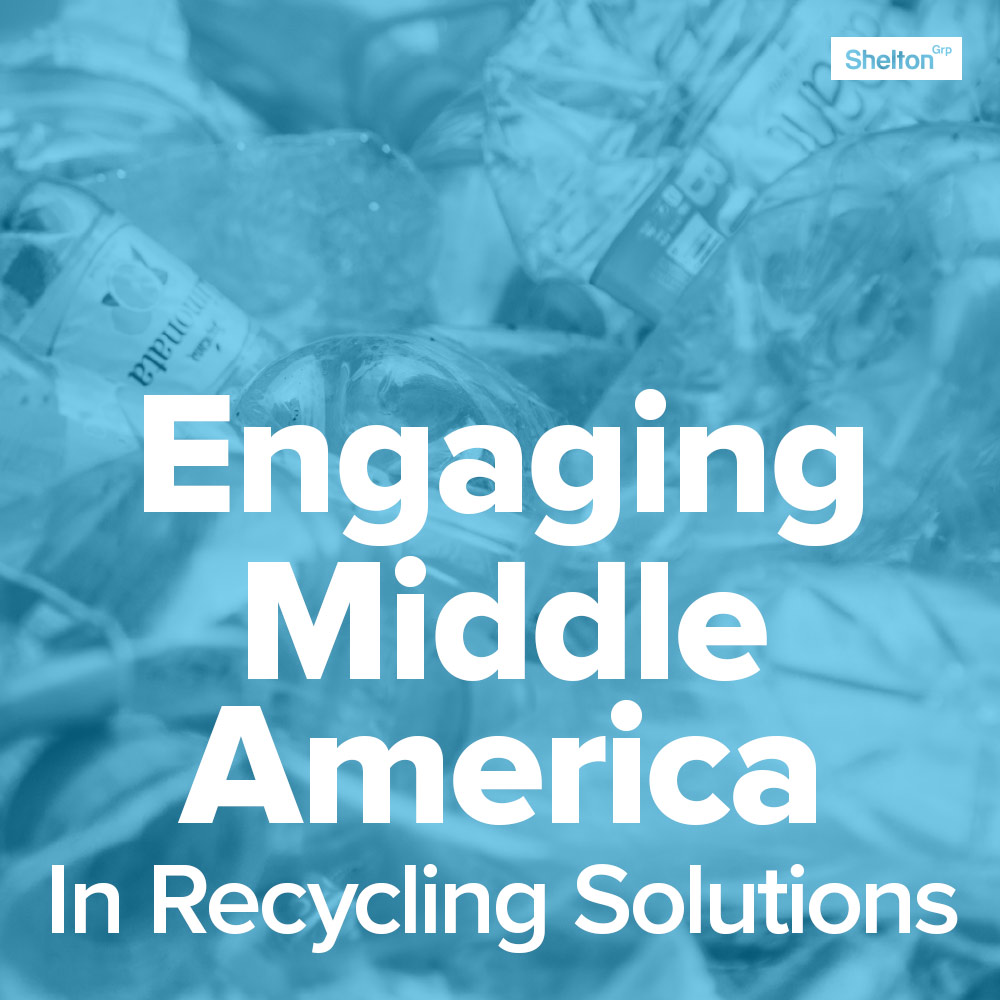So, what will a 2-degree rise really look like?
But what does that look like? And what does it mean, exactly?
If you’d like to answer those questions – and play the role of the Man Behind the Curtain – EDF and Shelton Group have created a website for you. Click here and you can play around with three different slider bars. One slider shows the current trajectory of temperature increases over the next 80 years (and what the world will look like at each degree of additional heat). Two other sliders represent solutions: reducing methane and CO2 emissions. Playing with the solutions allows you to see how we can actually reduce temperature increases and mitigate the worst impacts of climate change.
The beauty of this site is that it takes the abstract and makes it real. It’s HARD to help people understand what climate change actually means for their daily lives. It’s like the Boogeyman – what does he look like and what can he actually do to you? This site makes temperature increases and climate impacts real – and it demonstrates what we can do to change the forecast.
Our client, Nancy Buzby, Vice President of Content at EDF, put it this way: “The climate challenge, with all its complexity, is daunting, as is the wide array of solutions being pushed to address the crisis. EDF boiled down the science to its simplest terms so that those new to the challenge can understand more specifically how they can help.”
“There is a real urgency to act now and drive aggressive solutions on both short- and long-term climate pollutants,” Buzby continued. “Showing how these actions affect our temperature and our timeline helps put the crisis in real terms. We hope this site can be seen as a primer of sorts, to help people engage and understand deeply how the climate crisis can be addressed.”
Of course, another way to see what increasing global temperatures look like is to turn on the news. As I write this, California is burning, and Hurricane Laura is heading toward Louisiana and Texas. Tools like the one we built with EDF are critical to helping folks with a limited understanding of how climate change works make the connections between the very real weather events we’re living through and increasing global temperatures. And, most importantly, tools like this are intended to help people feel urgency to take action – and give them real solutions.
Take a look and please share the site with everyone you think could benefit from it.
Engaging Middle America In Recycling Solutions
Our latest report answers these questions by digging into current consumer attitudes, how they impact consumer behavior, and how organizations should respond to ensure recycling – and other green behaviors – keep happening.


TAGS:Energy & Environmental Marketing, Environmental Issues